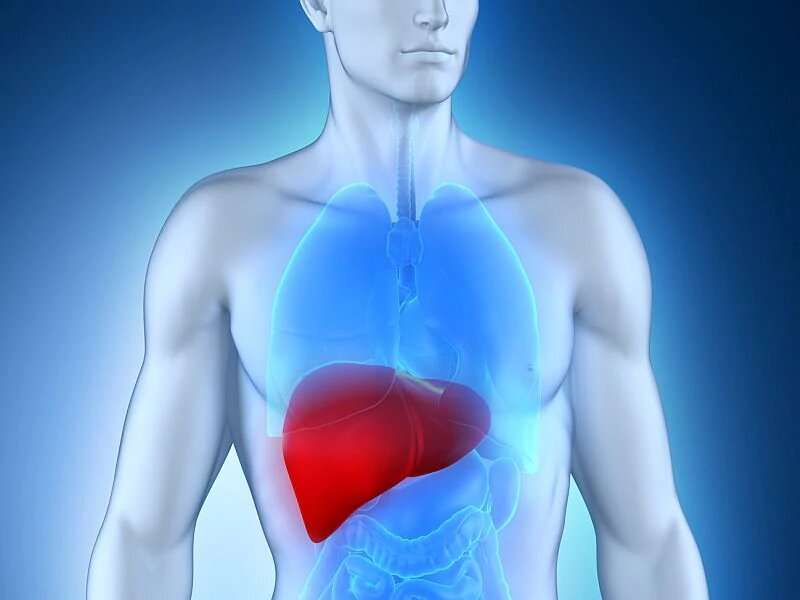Rates of liver disease high among world trade center responders

(HealthDay)—World Trade Center (WTC) responders have a three times higher rate of liver disease compared with non-WTC responders, according to a study recently published in Clinical Imaging.
Xiangmeng Chen, from the Icahn School of Medicine at Mount Sinai in New York City, and colleagues examined the prevalence of moderate-to-severe hepatic steatosis (HS) and associated risk factors in members of the WTC General Responder Cohort. Low-dose, non-contrast computed tomography images for lung cancer screening were compared to those of non-WTC participants who were part of the same screening program for early lung cancer.
The researchers found that the prevalence of moderate-to-severe HS was 16.2 percent among 154 WTC participants versus 5.3 percent among 170 non-WTC participants. Moderate-to-severe HS in WTC members was associated with higher body mass index (BMI), higher laboratory liver function tests, and former smoking status. When adjusting for potential confounders, the odds ratio for moderate-to-severe HS was 3.4-fold higher in the WTC participants versus the non-WTC participants. Moderate-to-severe HS remained associated with higher BMI and former smoker status.
"Based on these preliminary results, we suggest that WTC general responders with liver attenuation values <40 HU (Hounsfield units) should be referred to a hepatologist for further evaluation," the authors write.
More information: Abstract/Full Text (subscription or payment may be required)
Copyright © 2020 HealthDay. All rights reserved.
















